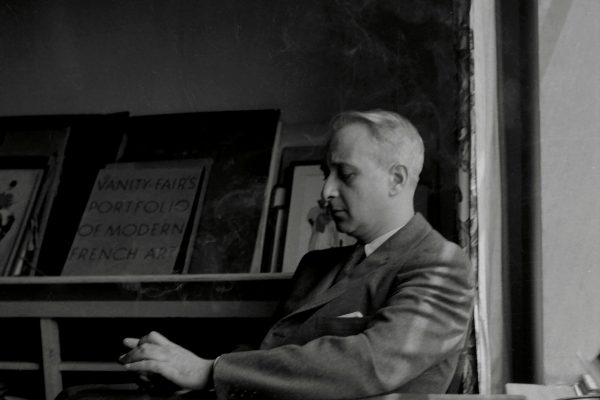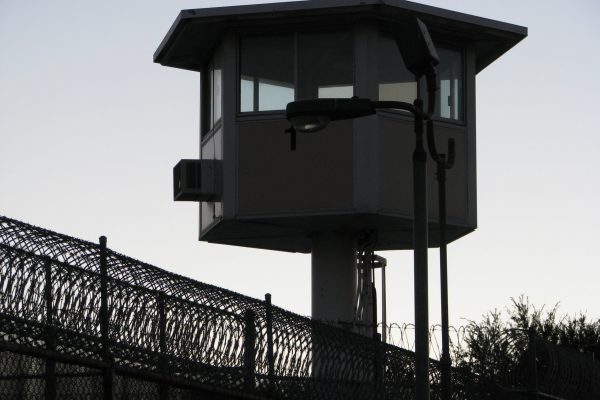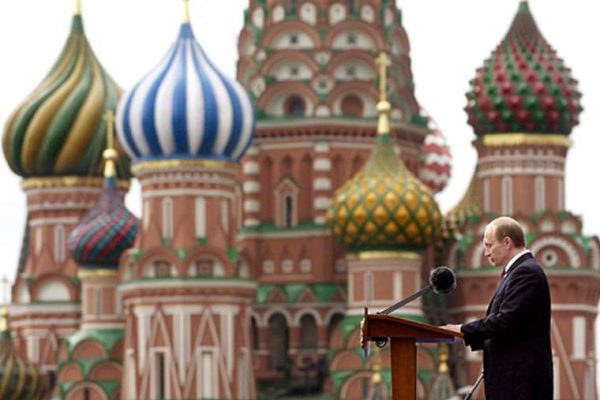Lawrence Blum worries that the word "racism" no longer has a coherent meaning. On one hand, "racist" is a word of such intense opprobrium that few (except a tiny number of white supremacists) would ever describe themselves as such. On the other hand, racism is seen as a pervasive presence in American life, the cause of vast disparities in wealth and life chances. Blum believes that moral reasoning can help rescue a meaning from this rhetorical no-man's-land, where racism is seen as universally practiced yet scorned by all. His solution is twofold. First, he would prevent the term "racism" from being further "devalued" by using it sparingly, for example to describe outright animus toward a group. Second, he would understand many other race-related problems—insensitivity, ignorance, privilege, discomfort—as lesser-order problems, though still important ones. Thinking along these lines, Blum suggests, would help us avoid a trap in American racial dialogue where every action must be viewed as either "racist" or "not a problem." Much of the book consists of Blum drawing distinctions between different kinds of racial thinking and racial ills. Though repetitive and sometimes tangential, his thoughts support his main argument: that calm, reasoned deliberation about injustices can give us the moral vocabulary we need to do better as a society.
—Jefferson Decker
Six Days of War: June 1967 and the Making of the Modern Middle East
Michael B. Oren
Oxford University Press, $30 (cloth)
It may not look like the Garden of Eden, but common wisdom has it that the modern Middle East was created in six days. On the thirty-fifth anniversary of the war, using newly declassified documents and eyewitness accounts, historian Michael Oren has produced a comprehensive account of Israel's last complete military victory. The leading Arab personalities are portrayed dramatically but for the most part conventionally. Nasser is bated by the Syrians and carried by miscalculating generals and his own rhetoric into an aggressive posture that his forces in Sinai cannot sustain. King Hussein remains the diminutive, pro-Western monarch pushed by his Soviet-inspired allies into losing half his grandfather's kingdom. The leading Israeli figures are portrayed with greater depth and Oren reverses the traditional roles. Eshkol comes across as a man of principle and hard decisions, while Dayan appears as an unreliable, indecisive maverick. Oren's most interesting insights, however, come with his detailed overview of the pre-1967 conflict and assessment of the war's immediate aftershocks. Among the earliest actors are none other than Arafat and Sharon, who appear, respectively, as the instigator of violent attacks on civilians and the originator of brutal reprisals. In the post-war period, Arab leaders avoid introspection (their major initiatives being Israeli withdrawal in exchange for nothing and a right of return for all West Bank refugees which, when granted, attracts few returnees). For its part, Israel enters the post-war period torn between euphoria over the victory and despondency over proportionately high casualties. Israeli political initiatives range from temporary military administration of the territories to nascent arguments by the opposition leader, Begin, for permanent Jewish settlement. The picture that emerges is therefore one of historical orthodoxy as well as reform of common wisdom. The territorial aspects of the contemporary conflict originate in June 1967, but today's violence and political stalemate were foreshadowed in the pre-war skirmishes and fixed in the war's aftermath. Perhaps the most chilling accomplishment of Oren's work is to demonstrate that a conflict deep enough to survive a cataclysmic event like the Six Day War may be deep enough to survive today's cyclical crises as well.
—Ed Morgan
Leopards in the Temple: The Transformation of American Fiction, 1945–1970
Morris Dickstein
Harvard University Press, $15.05 (paper)
The notion that the cultural upheaval of the 1960s had roots in World War II is quickly becoming a standard theme in American historical writing. To this pursuit of a "counterculture" of the 1940s and 1950s, Leopards in the Temple will add a considerable stock of insight. In highly sophisticated, judicious assessments of Norman Mailer, Saul Bellow, Jack Kerouac, and Ralph Ellison (among many others), Dickstein shows how and why these novelists pressed a radical imprint on America's literary imagination even while they turned away from the social and political consciousness of their predecessors. This compelling argument, however, hardly justifies Dickstein's stock dismissal of leftist critics of the period's political repression as "ideological." (Why do revisionists so easily imagine their work is bereft of ideology?) Those who criticized the cultural repression and political exploitation demanded by the Cold War, however limited their perspectives, prepared the way for the wider influence that Dickstein's "band of outsiders" came to enjoy. Culture does little work in the world without a political struggle worthy of its ideals, a point that seems forever lost on the complacent wing of modern liberal thought.
—John Summers







